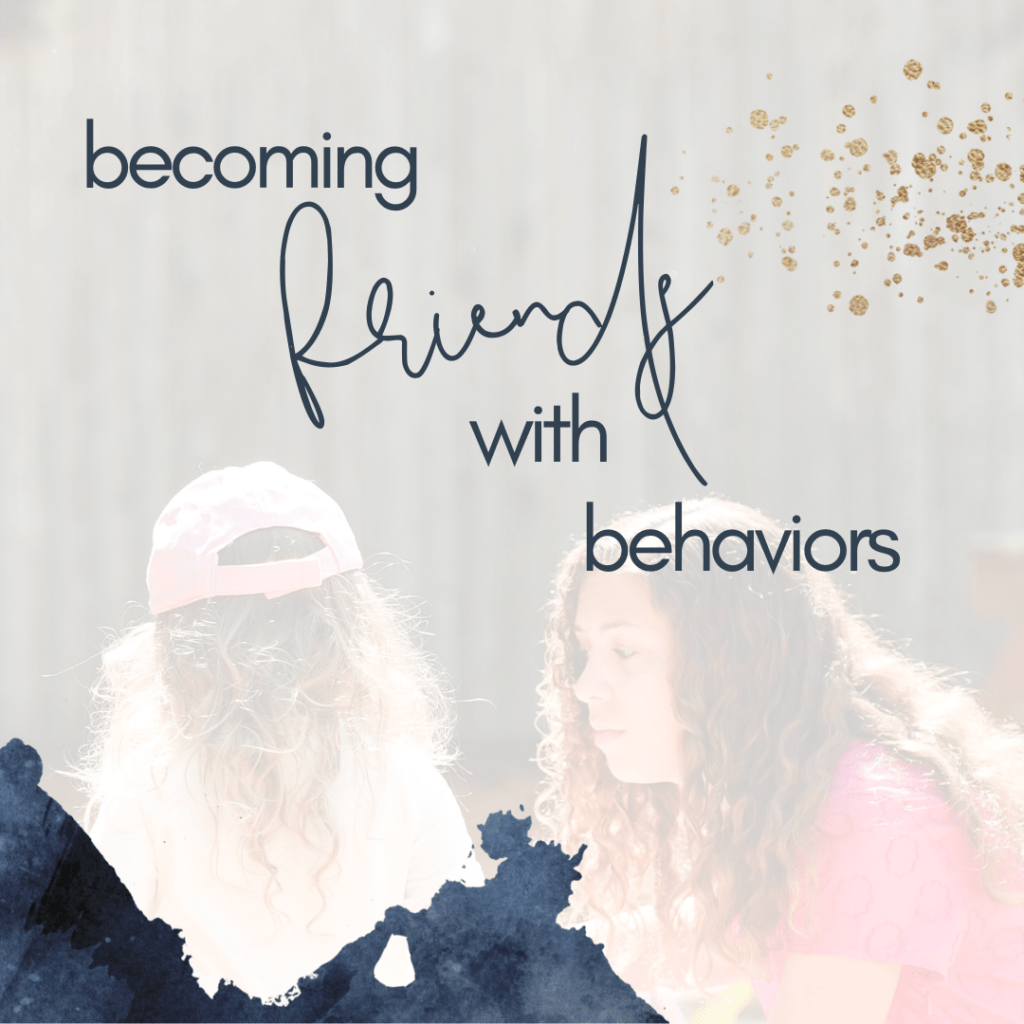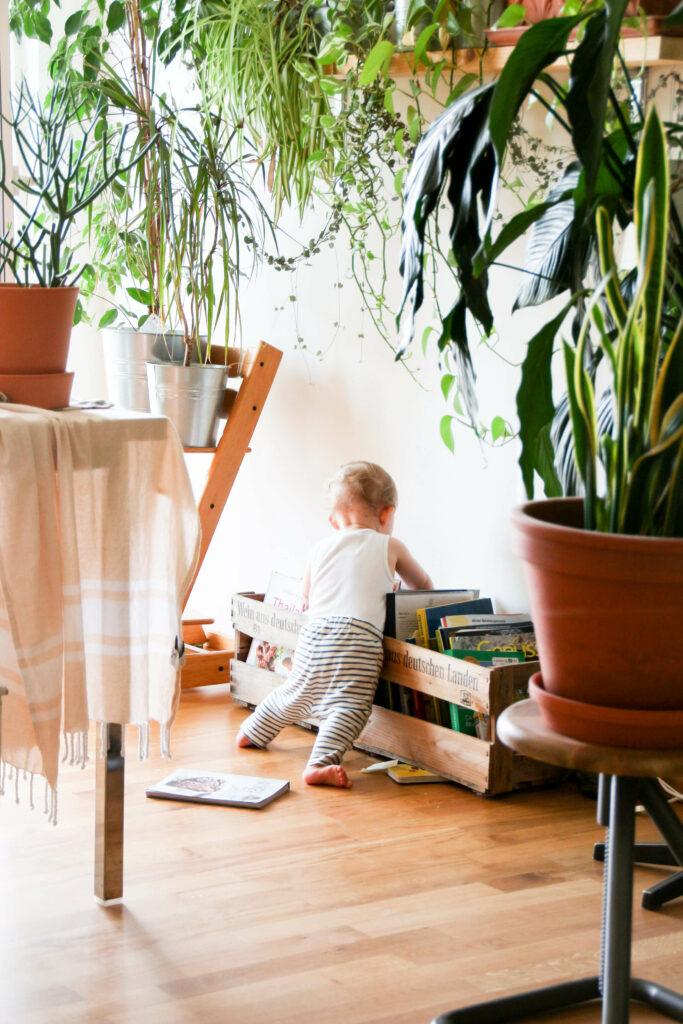By Dr. Deanna Conley, ED.D
Coggeshall Club Member, Behavioral Expert and Mother of two boys (a two year old and a freshly minted 6 year old)
I think it’s safe to say that we have all now probably reached the point where one day blends into the next, and pajamas are a regular (and acceptable) outfit choice. Throughout the course of these past few weeks, I have seen many inspiring and uplifting posts about this gift of time we have with our children, yet working parents are acutely aware of the fact that this gift, albeit a beautiful one, comes with a few strings attached.

The downshift to a life at home may have at first been a jarring one, but we adapted… we learned how to see our friends and family via Zoom dates, we created or recreated our home office spaces, ew became savvy at finding virtual teachers to host an art lesson for our kids while we took that conference call.
And our kids, well, they are adapting too, but maybe not always in the best of ways. They have become experts at finding the spaces in the day when no one is looking to color all over the living room walls. They have found the loudest ways to protest sharing their toys with their sibling, right when your boss calls. They have become highly skilled at getting our attention and possibly showing their own distress through tricky behaviors, as they may not yet have the vocabulary needed to fully express their precious thoughts and delicate feelings. And once in a while, they intuitively sense our own imploding meltdowns and ever so sweetly crawl into our laps and help us remember why we do in fact want to keep them.
In an effort to help us all navigate this new reality, I’ve taken a few of the big behavior personalities we all experience on a regular basis and have shared my go-to strategies for keeping the peace when emotions run high. Hopefully these tricks will not only take you through this turbulent and uncertain time, but will also remain with you as helpful tools when we emerge on the other side.

The Accidental Daredevil
A young child’s brain is a fascinating working mechanism, always in gear to explore and act quickly without caution, which is why we all have a few extra gray hairs and sleepless nights under our belts. Our natural instinct is to jump in and quickly reprimand when we see, for instance, our two-year old scaling the fourth shelf of the pantry, but I’d like to invite you to take a different approach.
In all instances, first assure your child’s safety by physically removing them from harm’s way if need be, and then, right before jumping into a lecture on safety, stop and ask your child one essential questions: “What were you trying to do?”
You will find that this simple inquiry unlocks a world of understanding.
Often times young children appear as if they are trying to cause mischief or trouble, but if you take a moment to enter their worlds and understand the intent behind their actions, nine times out of ten, you will find that they have innocent intentions paired with poor planning skills.
For example, perhaps the child climbing the pantry shelves was just trying to reach his favorite food because you told him it was snack time. This is where you are then able to take a scenario that may have typically ended in a time out, and instead turn it into a teachable moment that you can now approach with patience and understanding.
Rather than scolding your child, provide a clear redirection, such as, “Oh, you were trying to reach your snack! Next time come and ask me. Climbing that high is not safe. Let’s hit the rewind button and try again – Can you come ask me to get your snack for you? Great job using your words!”
This type of interaction will also help to foster a deeper connection with your child; by taking the time to learn about their thinking and ideas, you will build trust with them and send the message that you are a safe person to talk to and problem solve with…and won’t that be a gift fifteen-years from now when their problems are not so simple?!

The Reluctant Sharer
Sharing is such an emotionally loaded concept, often for both adults and children. When someone asks you to part with something you are enjoying or care about, there is this primitive instinct that clicks in for even the most mature of us that wants to hold on to what is ours. When you pair this with the developing brain of a young child, it is no wonder that tantrums and meltdowns ensue. We therefore need to counteract this instinct by framing our approach to sharing in a way that provides the individual being asked to share a sense of control over the situation.
A successful sharing moment becomes all about two elements:
Patience and Planning
Rather than demanding that one child hand over their favorite toy to another on our timeline, try instead letting the child decide when they are ready to share. You might say, for example, “Sarah, your sister wants to play with your robot. Can you please share it with her when you are done?” This then gives Sarah the power, which works to diffuse the feeling of possessiveness that often takes hold when a time limit has been placed on one’s play.
You will find that when you remove that urgency to protect what is theirs, the child is then often quicker to relinquish the desired toy and find a new interest.
However, in this scenario, we also have Sarah’s sister, who is likely not going to be a willing waiter in the patience game, and it is often our own uncomfortableness listening to the other child wail and cry that causes us to push the first child to quickly share. This is a great moment to step in and help Sarah’s sister learn how to both wait and have patience – two amazing life skills!
While child number one works through being ready to share, help child number two plan out alternative activities to engage in while they wait.
You might say, “Waiting is hard. Let’s find something to do to keep us busy until it’s your turn. Would you like to color with sidewalk chalk, or blow bubbles with me?” If the child is not able to make the choice on their own, then start one of the two activities and wait for them to join you. They will see that playing with you is more fun than crying by themselves, especially when that crying behavior is not getting them what they want.
Remember to provide explicit feedback to your children throughout this experience, as sharing, patience, and planning are HARD skills to learn. Try saying, “Thank you so much for sharing with your sister, that was very kind of you!” Or, “I noticed you were very patient while you waited for your turn, way to go!” And, in the future, “Sarah, remember when we let you decide when you were ready to share? Now it’s your turn to wait and your sister’s turn to decide when she is ready. You didn’t like to be rushed, so let’s not rush her. Come play a game with me while we wait!”

The Selective Listener
We are all quite familiar with this little friend…the one who never hears our request to pick up their toys but is first in line when we announce that it’s time to go to the park. While children will always be masters at trying to get the upper hand, the way we communicate with them can be a total game changer. How many times have you yelled the phrase, “This is the last time I am going to tell you to put your shoes on!” and then you tell them ten more times…
We have all fallen into this trap, and the result is that our words lose their meaning. When talking with young children, it is important to always remember the 3 C’s:
Be Clear : Keep your language simple and direct
Be Concise : Resist the temptation to get into long explanations or discussions
Be Consistent : Follow through with what you say.
Behavior is a form of communication and is not actually a personal attack on us parents, although sometimes it feels that way!
When tricky behavior ensues, stop and think –
What is my child trying to communicate to me right now?
When you respond to their behavior, do so in a non-emotional and neutral tone, and tell them exactly what you want them to-do, rather than what you want them to stop doing.
Young brains are not able to process complex directions, so when you say, “Stop running right now!”
They may just hear, “Running” and continue on their merry way. Try instead, “Walk, please”
Below Is a List of Common Redirections With Their More Effective Alternative:
You Usually Say…
Stop touching that!
Stop running around the house!
Stop hitting your brother!
Get off the table!
Do not go outside!
Don’t throw your food on the floor!
Stop screaming!
Do not lie to me!
Try Instead…
Put your hands on your head.
Use your walking feet today.
Hands are for helping.
Your feet need to stay on the floor.
Keep your body inside.
Food stays on the table.
Please use a quiet voice.
Tell me exactly how it happened.
Remember that children are more likely to repeat behaviors that get them attention – positive or negative – so when you see a behavior you like, be sure to reinforce it with a lot of praise to increase the frequency of that behavior. I love to use “I notice” statements to help kids clearly understand what my expectations are and to support their progress towards them. For example, “I noticed that you listened on the first try today when yesterday I had to give you three reminders. That’s great progress! Thank you!” or, “I noticed that you picked up your toys in the playroom. Thank you for being such a great family helper!” Receiving this type of feedback will help your child feel that their efforts are valued, seen, and worth repeating!
I Am Dreaming of the Day When We Can All Emerge From Our Social Distancing Cocoons to Greet Each Other in Person Again…
A Day in the Near Future When We Can Gather in Our Beautiful Clubhouse Haven to Give Hugs and Share Our Stories About Our Work and Our Kids and Our Lives. I Hope These Behaviors Tips Will Help You Arrive at That Day With a Little More Sanity and a Ton More Confidence That You Are a Great Parent, Who Is Doing a Hard Thing, and Completely Winning at It.

We are all doing the best we can do, and right now that is all we can do. Be safe, stay home, stay healthy.
